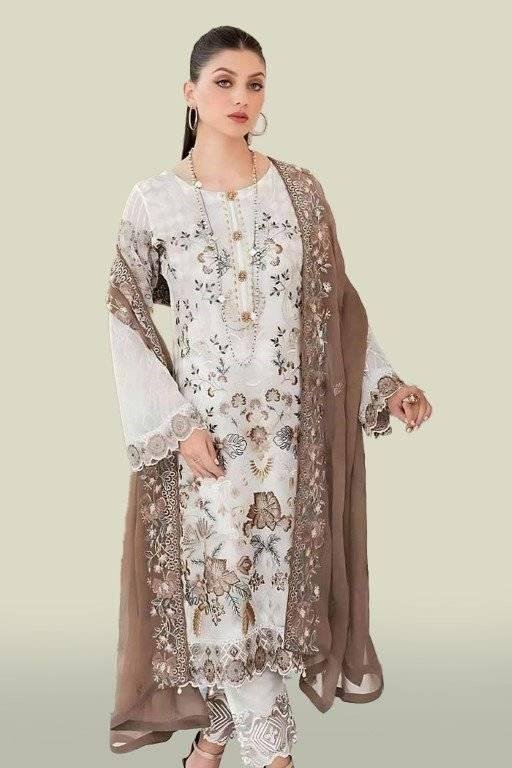The Rich History and Cultural Significance of Dhaka Fabric
The origins of Dhaka fabric trace back to ancient times in the Bengal region, notably in the area that is present-day Bangladesh and parts of India. This exquisite textile, renowned for its intricate patterns and fine quality, has been an integral element of South Asian culture and tradition for centuries. Historically, Dhaka fabric was woven using traditional methods, often by skilled artisans who passed down their craft through generations, ensuring the preservation of this heritage.
Dhaka fabric holds immense cultural significance, particularly in Bangladesh and India, where it is woven into the very fabric of everyday life and ceremonies. The weaving techniques employed are meticulous, involving the use of handlooms and natural dyes, which contribute to the fabric’s unique texture and vibrant colors. Dhaka fabric is often used in traditional attire, such as saris and kurtas, and plays a pivotal role in various ceremonies, including weddings and religious festivals. These garments are not merely pieces of clothing but are imbued with cultural narratives and historical continuity.
Throughout history, Dhaka fabric has been a highly sought-after commodity, significantly influencing global textile markets. During the Mughal era, it enjoyed substantial patronage and was traded extensively, reaching far-flung markets in Europe and the Middle East. The fabric’s prominence continued through the British colonial period, although it faced challenges due to the advent of industrialization and mass production. However, the artisans’ relentless efforts to preserve the traditional methods of weaving ensured that Dhaka fabric retained its distinguished position in the textile world.
Notable periods in history, such as the Mughal era and colonial times, saw Dhaka fabric gaining prominence, with its intricate designs and superior quality setting it apart from other textiles. The role of artisans in this context cannot be overstated; their dedication to their craft has been instrumental in maintaining the rich legacy of Dhaka fabric. Today, this fabric continues to be celebrated for its cultural heritage and is a testament to the artistry and resilience of its weavers.
Dhaka fabric, renowned for its exquisite craftsmanship, boasts several distinctive characteristics that set it apart from other textiles. Primarily composed of cotton and silk, the fabric showcases intricate weaving techniques that are a testament to the skill and dedication of the artisans. The hallmark of Dhaka fabric lies in its rich, geometric patterns and motifs, often inspired by nature and cultural symbols. These patterns are not only visually striking but also imbue the fabric with cultural significance, making it a cherished material in various traditional attires.
The unique construction of Dhaka fabric lends it a remarkable combination of durability and comfort. The cotton used in its creation offers breathability and softness, making it ideal for everyday wear, while the silk adds a touch of elegance and strength. This blend of materials ensures that garments made from Dhaka fabric are both long-lasting and comfortable, suitable for a range of climates and occasions.
In contemporary fashion, Dhaka fabric has found a niche for itself, seamlessly blending tradition with modernity. Designers are increasingly incorporating it into a variety of clothing items, from sarees and kurtas to stylish jackets and dresses. Its versatility extends to accessories as well, with Dhaka fabric being used to craft unique bags, scarves, and even footwear. Furthermore, its vibrant patterns and textures make it a popular choice in interior design, where it is used for cushions, curtains, and upholstery, adding a touch of cultural elegance to modern homes.
Despite its enduring appeal, Dhaka fabric faces significant challenges in today’s market. The rise of machine-made textiles has introduced stiff competition, often overshadowing the labor-intensive and time-consuming processes involved in hand-weaving Dhaka fabric. To combat this, there are concerted efforts aimed at sustaining the craft through innovation and support for local weavers. Initiatives such as skill development programs, fair trade practices, and collaborations with fashion designers are crucial in preserving the rich heritage of Dhaka fabric while adapting it to contemporary demands.






